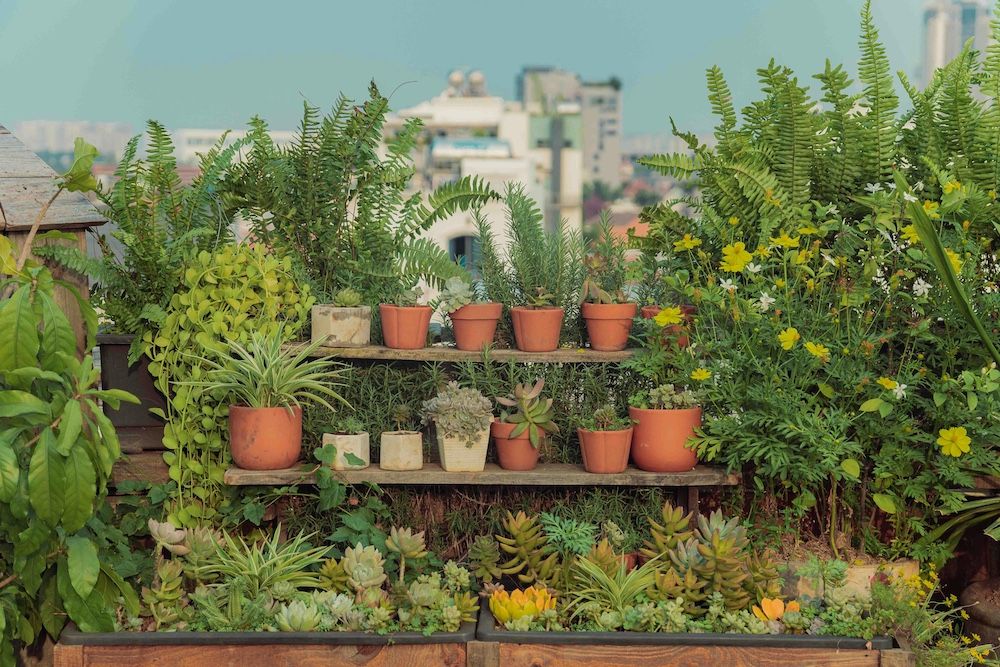Colored pencil art uses colored pencils to express the creativity and skill of the artist. As a form of art that combines expression and detail, colored pencil art is suitable for both beginners and experienced artists. Its unique feature lies in the delicate color gradients and layering effects that make the artwork visually rich and engaging.
Colored pencil art employs colored pencils designed specifically for drawing. These pencils contain rich pigments and high color saturation. Unlike regular pencils, colored pencils are made from a blend of pigment and binder, providing strong coloring and coverage.
There are two main types of colored pencils: oil-based and wax-based. Oil-based colored pencils are easier to blend, while wax-based pencils can produce unique effects when mixed with water, making them ideal for creating watercolor-style artwork.
In addition to colored pencils, common tools include sketch paper, erasers, blending stumps, and pencil sharpeners. Sketch paper usually has a strong texture, which helps to better absorb the color from the pencils, resulting in a more detailed and refined artwork.
The first step in creating a colored pencil drawing is to establish the base layers. Artists typically start with lighter colors and gradually add darker shades. This method helps achieve smooth gradient effects and prevents color muddling when adding more details.
Blending is an important technique in colored pencil art. Using the side of the colored pencil for gentle strokes can help achieve more natural color transitions. Blending stumps or other tools can also be used to smooth out the boundaries between colors.
A significant advantage of colored pencil art is its ability to capture fine details. By using sharp pencils or varying pressure, artists can create intricate textures and lines, making the artwork more vivid and realistic.
After completing a colored pencil drawing, it often requires touch-ups and adjustments. Erasers can be used to gently remove excess lines, and darker colors can be applied to refine edges, enhancing the dimensionality and depth of the piece.
Colored pencil art can be applied to various artistic styles, from realism to abstraction. Realists often use colored pencils to capture detailed light and shadow effects and natural scenes, while abstract artists leverage vibrant colors and shapes to create unique visual experiences.
Colored pencil art is particularly suited for portraiture. With careful strokes, artists can capture the expression and emotions of the subject, resulting in portraits with profound emotional depth.
The gradient and layering effects of colored pencils give landscape artworks a dynamic sense of depth. Whether depicting detailed grass, dense forests, or serene lakes, colored pencils can beautifully render natural landscapes.
Many illustrators choose colored pencils as their medium because they provide a distinctive texture and style to their illustrations. The rich colors of colored pencils are ideal for creating various fantastical scenes and characters.
As an artistic medium, colored pencil art offers a wide creative space with its unique color expression and fine technique. Whether creating detailed portraits or vibrant landscapes, colored pencil art can showcase impressive visual effects through its soft colors and intricate layering. For anyone entering the art world, colored pencil art is not only an excellent choice but also a superb way to explore creativity and artistic expression.





